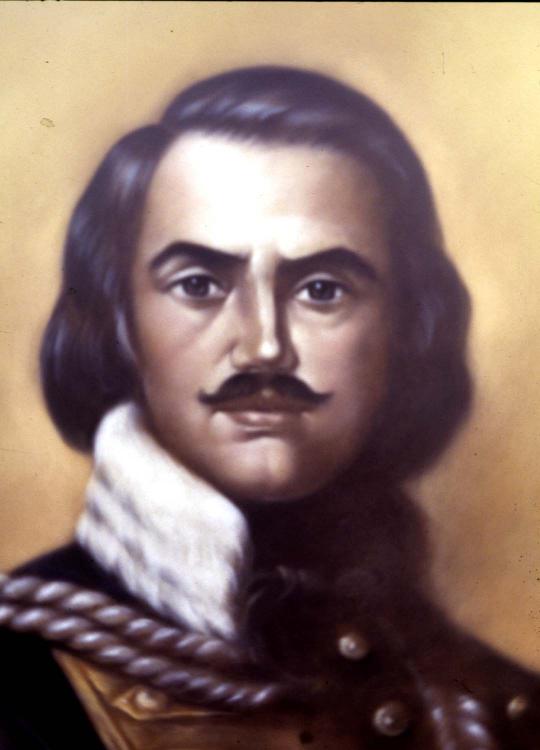
Wednesday, November 11, 2009
Edward Pinkowski
E-mail: EdPink@aol.com
Cooper City, Florida
Veterans Day 2009
Dear Editor:

On November 6, in the New York Times, the Associated Press misinformed your readers about Congressman Dennis J. Kucinich and General Casimir Pulaski.
The report called Congressman Kucincich a Polish American. As a matter of fact, his father, Frank Kucinich, a truck driver, was of Croatian ancestry, and his mother, Virginia, was of Irish ancestry.
Ohio’s 10th Congressional District, which Kucinich represents, is made
up of Garfield Heights, a city of 30,734 persons seven miles southeast of
Cleveland; Parma, the largest suburb of Cleveland, is six miles west of
Garfield Heights. At the beginning of the decade, the Polish ancestry of
Garfield Heights stood at 25.3 percent. In Parma, it was 15.8 percent. The bedroom
subdivisions in between were probably the same.
The media has been asleep as far as General Pulaski is concerned for
over two centuries. He was born March 6, 1745, and died October 15, 1779. His
remains lie in an unmarked grave in Savannah, Georgia, in front of his memorial, and President Obama could have waited until Veterans’ Day, when he visted the grave of the Unknown in Arlington National Cemetery, to sign the joint resolution of the Senate and the House that made Pulaski an honorary citizen.
Pulaski himself never met Benjamin Franklin. According to his letters to Claude Rulhiere, which were discovered in France in the 1940s, Pulaski, hiding out in Marsielle, depended on two persons, first Rulheire, a French historian and then Beaumarchairs, a noted French playwright, to obtain Franklin’s letter to General Washington which Pulaski handed to the commanding general of the Continental Army at the Moland House in Pennsylvania.
Russ Bynam, the reporter of The Associate Press in Savannah, was
responsible for not doing his job when Pulaski’s remains were found in 1996 in a
box under the Pulaski Monument. Without DNA, Dr. Charles Merbs of Arizona
State University identified Pulaski’s bones. Burial at sea was a hoax.
Edward Pinkowski
Poles in America Foundation
